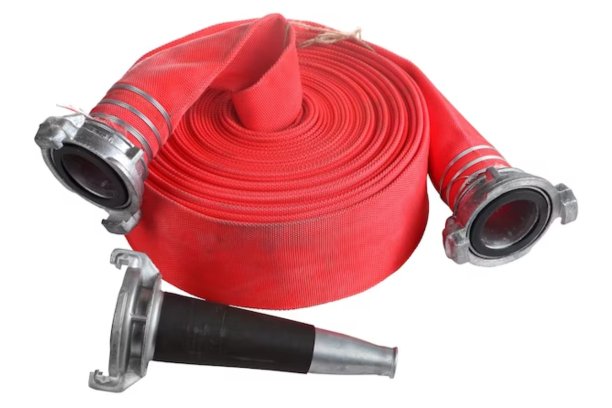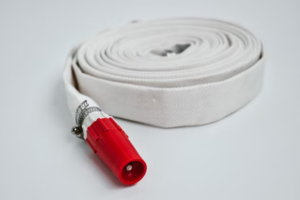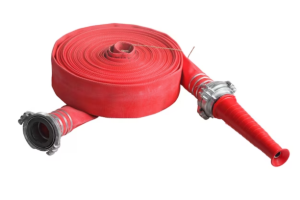
Firefighters face dangerous and challenging situations every day, and having the right equipment is essential to ensure their safety and effectiveness in firefighting operations. The single jacket fire hose is a crucial tool in their arsenal, offering durability, flexibility, and ease of use. In this blog, we will provide a comprehensive guide to help firefighters choose the right single jacket fire hose for their needs, highlighting the key factors to consider.
-
Material and Construction
A single jacket fire hose is typically made of a single layer of polyester or nylon material, known as the jacket, which covers the inner rubber lining. The jacket material should be sturdy and resistant to abrasion, punctures, and wear. Polyester is known for its high strength and durability, while nylon offers excellent flexibility. Choose a hose with a well-constructed, tightly woven jacket to ensure maximum performance and longevity.
-
Size and Diameter
Single jacket hoses come in various sizes and diameters, ranging from 1 inch to 3 inches or more. The size of the hose will depend on the specific firefighting tasks it will be used for. Larger diameter hoses generally deliver more water flow, suitable for heavy-duty firefighting operations, while smaller hose are more lightweight and suitable for general-purpose use.
-
Length
Consider the length of the single jacket hose, as it will determine the reach and coverage area during firefighting operations. Longer hoses are useful for accessing hard-to-reach areas or for situations where the water source is far from the fire. However, longer hoses can also be heavier and more challenging to handle, so strike a balance between length and maneuverability.
-
Working Pressure and Burst Pressure
Check the working pressure and burst pressure specifications of the single jacket fire hose. Working pressure indicates the maximum pressure the hose can handle during normal firefighting operations, while burst pressure represents the pressure at which the hose may fail. Ensure the hose’s working pressure meets the requirements of your firefighting apparatus and operations.
-
Coupling Type
The coupling type determines how the single jacket hose is connected to the fire hydrant or other firefighting equipment. Common coupling types include Storz, threaded, and quick-connect couplings. Choose a coupling type that is compatible with your firefighting equipment and ensures a secure and leak-free connection.
-
Certification and Compliance
Always select single jacket hoses that meet industry standards and certifications. Look for hoses that are tested and approved by recognized organizations like UL (Underwriters Laboratories) or FM (Factory Mutual). Compliance with industry standards ensures the hose’s performance and reliability during firefighting operations.
Conclusion
The single jacket fire hose is a critical tool for firefighters, providing a dependable and effective means of delivering water to combat fires. By considering factors such as material, size, length, working pressure, coupling type, and compliance with industry standards, firefighters can make informed decisions when choosing the right single jacket fire hose for their needs.
Investing in high-quality and reliable single jacket hoses is essential to enhance firefighter safety and efficiency during firefighting operations. A well-maintained and properly selected single jacket fire hose ensures that firefighters are equipped with the best tools to protect lives and property and effectively combat fires, fulfilling their noble duty as first responders.





